
Visually speaking, we live in the iPhone age. The bulky and expensive Handycams of the 1980s (no longer quite so handy) have given way to smartphones, tablets and YouTube. If history is any guide, these innovations too will one day seem as quaint as eight-track tapes. But they are indisputable landmarks, representing a substantial shift in our relationship to picture making. iPhones and related technologies make it possible to make good quality video with ease. The day will come soon when shooting individual photographs will seem odd and unnecessary. As the quality of motion capture improves, we may stop taking still pictures altogether, shooting video instead and extracting stills, if we want them, in editing. If we used to “see” in photographs, will we then “see” in motion pictures?
Since the Lumière Brothers screened their first film Exiting the Lumière Factory in Lyon at the Grand Café on the Boulevard des Capucines, Paris, in 1895, motion pictures have held a special place in the public imagination. Photographers are among those who quickly absorbed their influence, and many of the major movements in cinema, from German Expressionism to the French New Wave, have had lasting effects on the practice of still photography. This is what might be termed, in photography terms, cinematic style. Renowned directors such as Fritz Lang, Sergei Eisenstein and Alfred Hitchcock, for example, had distinctive visual signatures, which have influenced generations of modern and contemporary artists. And there have always been those intrepid few, like Helmar Lerski, Paul Strand, and Robert Frank, who felt comfortable going back and forth between photography and film.
For two such closely entwined inventions, it is amazing how separate the histories of photography and cinema have been kept. They are usually presented as independent, self-contained disciplines. This is a shortcoming, in part, of siloing academic culture and the way existing histories were written, and it also reflects how photography and motion pictures have been treated in the art marketplace. Beyond the fine arts, photography became the stuff of family albums, magazines, newspapers and advertising supplements. Cinema and television, on the other hand, quickly morphed into entertainment. On the face of it, it makes sense. If photography and film are used differently, why not treat them differently?
Except that they have a lot in common. At its core, cinema is basically an animated form of still photography, one of the advances made possible when photography crossed the threshold of instantaneity in the late nineteenth century. Once photography became capable of recording things happening faster than the naked eye could see, its relationship to time was fundamentally altered. By arresting motion, photography turned into the scalpel by which temporal reality could be dissected. Cinema, by contrast, the Dr. Frankenstein of the arts, takes the resulting slices and restores them into something resembling reality.
This is an idea as old as cinema itself. The great motion picture pioneer, Eadweard Muybridge, began by making sequences of instantaneous photographs of a horse’s gallop in the 1870s—at that time a subject of widespread scientific interest—creating photographic grids recording phases of the animal’s gait. Muybridge went on to apply his technique to various kinds of human and animal activity, but his next conceptual advance was to develop a device to reanimate his pictures in short loops, called the Zoöpraxiscope, now considered an important forerunner of cinema. Considerable skill and engineering expertise enabled the invention. But the basic idea was simple. The camera freezes time, and the projector starts it up again.
Fast forward to the early 21st century, and the lines between still and motion picture photography, artificially separated for so long, are beginning to blur again. Just as the Kodak camera once made it possible for ordinary people to make still pictures, consumer electronics now make it possible to shoot and process video without need of a sound stage, cinematographer, or professional editor. This changes not only the way we look at motion pictures, but how we look at photographs too.
The central paradox of photography—the thing that makes it so special—is its ability to show how things look at a particular moment with startling precision, while at the same time offering no more than a particular, finite window. Photographs stand as resolute and implacable grains of sand in the oyster of time—so sure of what they represent, yet forever trapped in place. There is nothing like it in any other art form. Photographs have a fixity that is at the same time both frustrating and thrilling. Cinema, on the other hand, especially the narrative cinema most of us are familiar with, has a ‘before’ and ‘after’. The filmmaker’s job is to control a visual progression through time.
More and more, still photographers are playing with the cinematic before and after, bringing the language of visual progression to bear on individual pictures. There has been a move away from the modernist idea of the photograph as icon. Photographs aren’t necessarily meant to stand alone anymore, but are instead allowed to depend on their neighbors. A single picture may not make any sense by itself, rather it is only in the context of others that it becomes meaningful. As opposed to cinematic style—pictures that make reference to key filmmakers or movies—we might call this cinematic structure. It is becoming increasingly common in photography.
The simplest example of this is the recent explosion of interest in the photo book. Far from obsolete, photo books have been given new life by the increased premium young photographers are giving to the pacing and sequencing of their work.
The accompanying slide show includes artists working with cinematic ideas in a variety of ways. Some are using home movies and studio continuity shots as source material. Others directly reference the visual styles of filmmaking giants. Knowingly and unknowingly, all are probing the idea of cinema structure: the interrupted narrative, missing a before and after, provoking without resolving, teasing with ambiguity.
Phillip Prodger is Head of Photographs at the National Portrait Gallery in London, U.K.
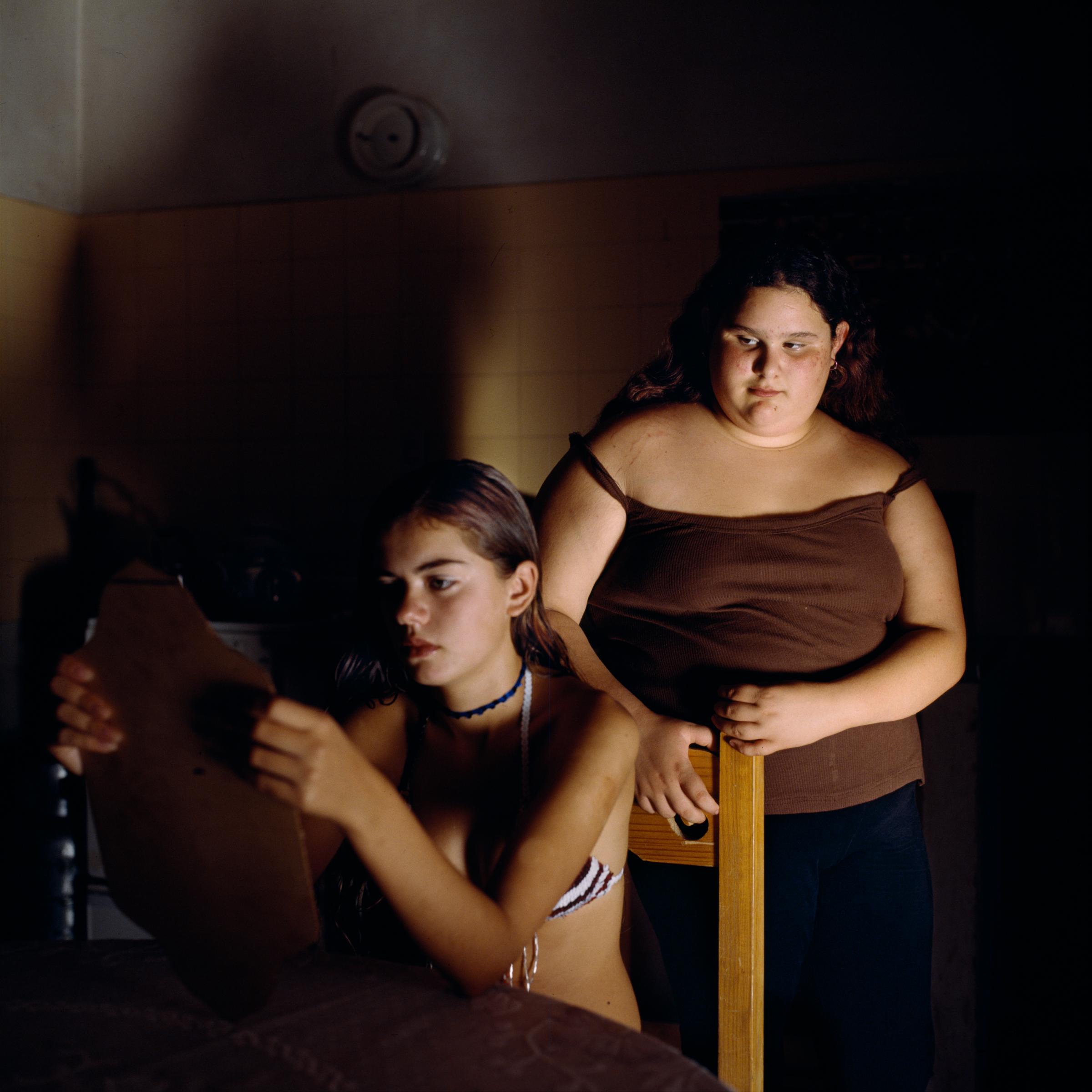

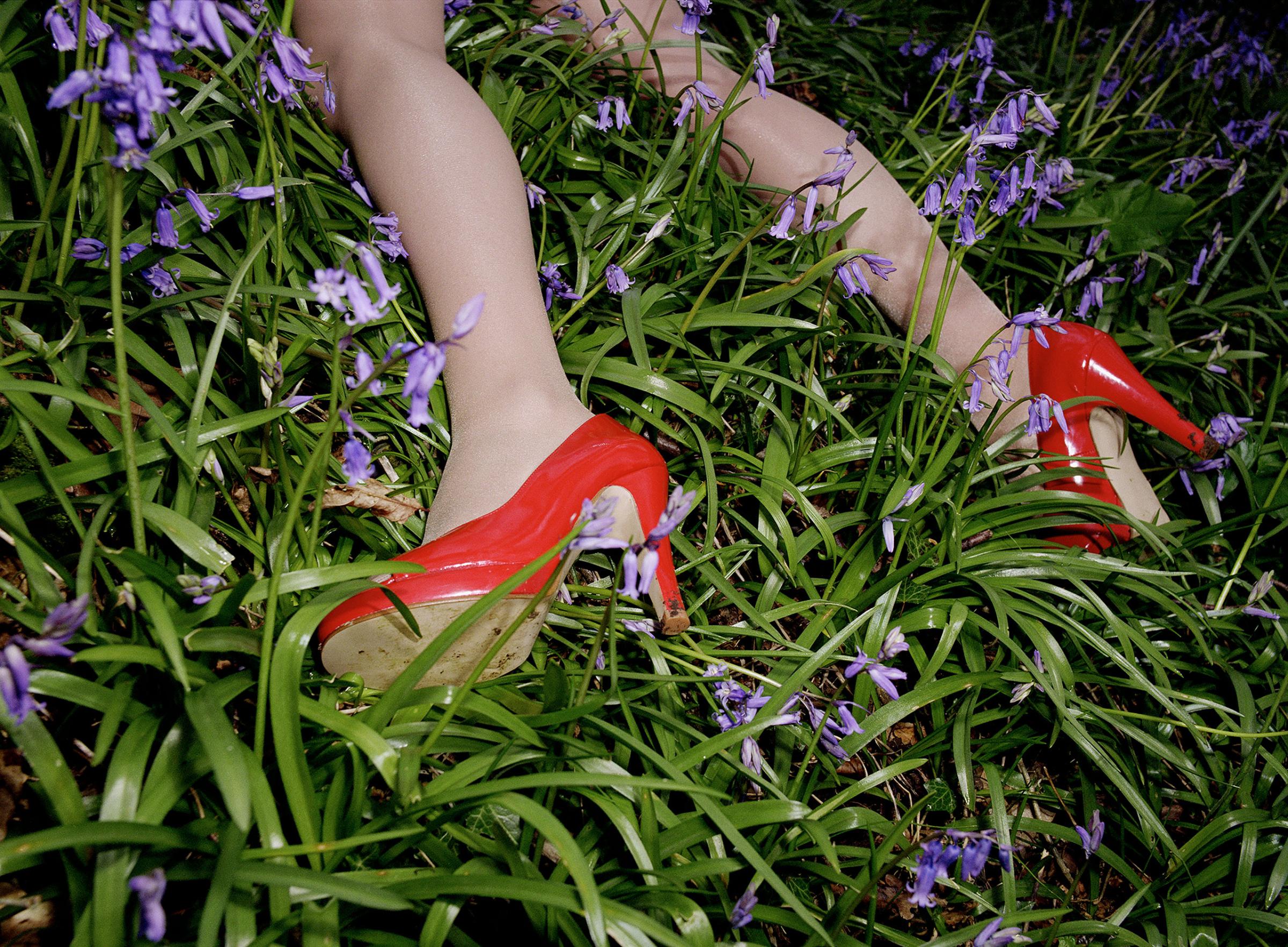

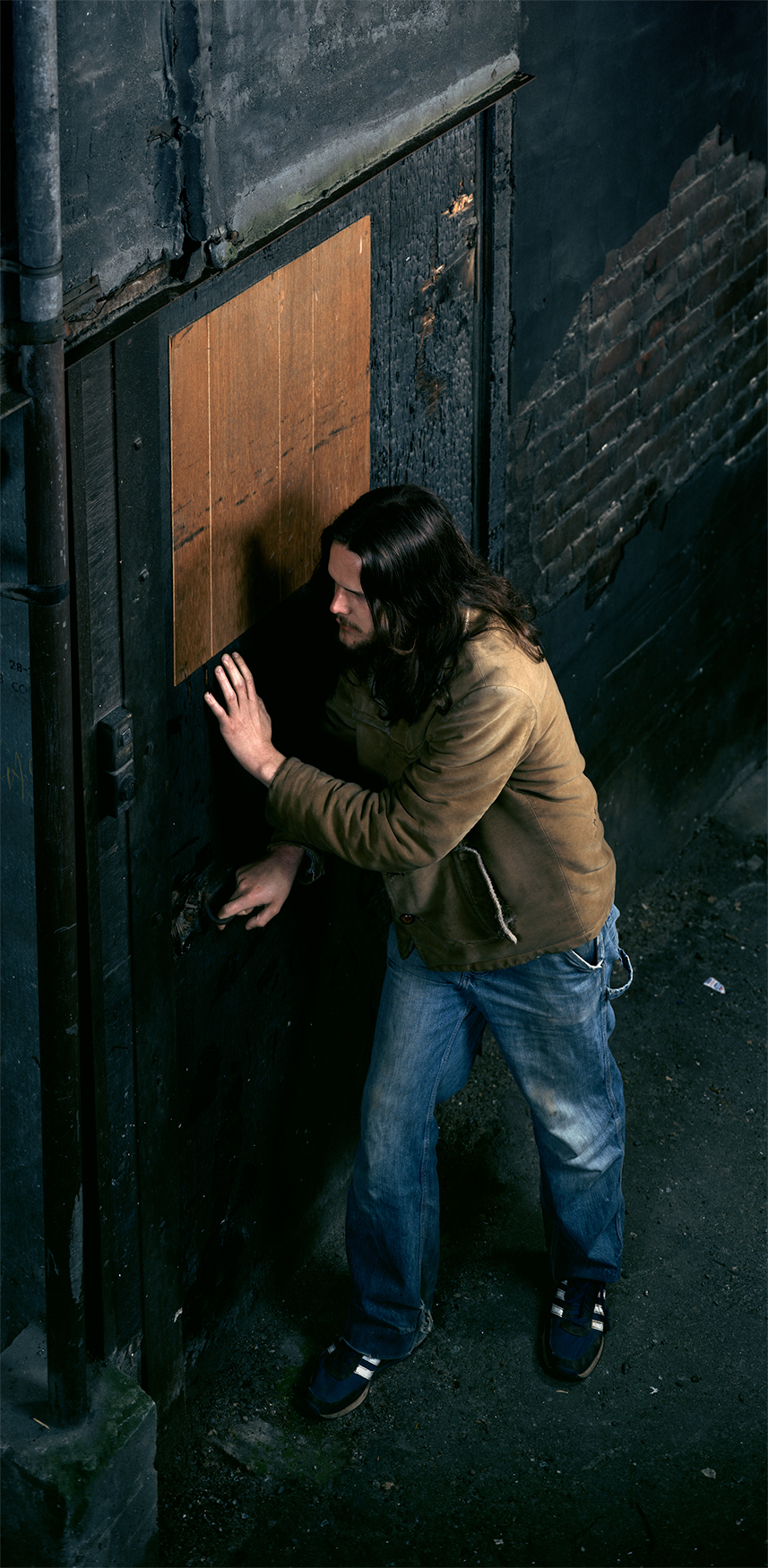
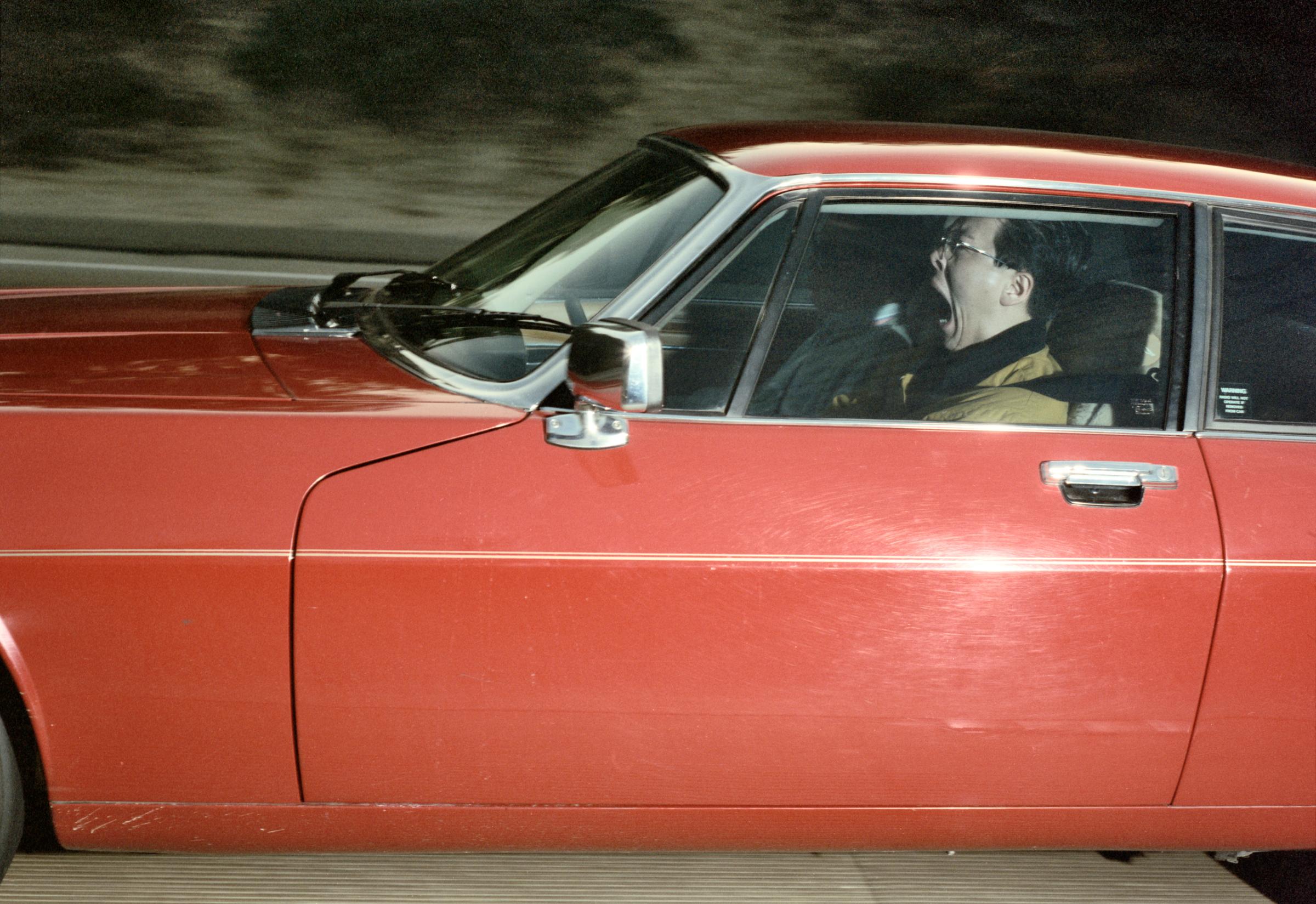
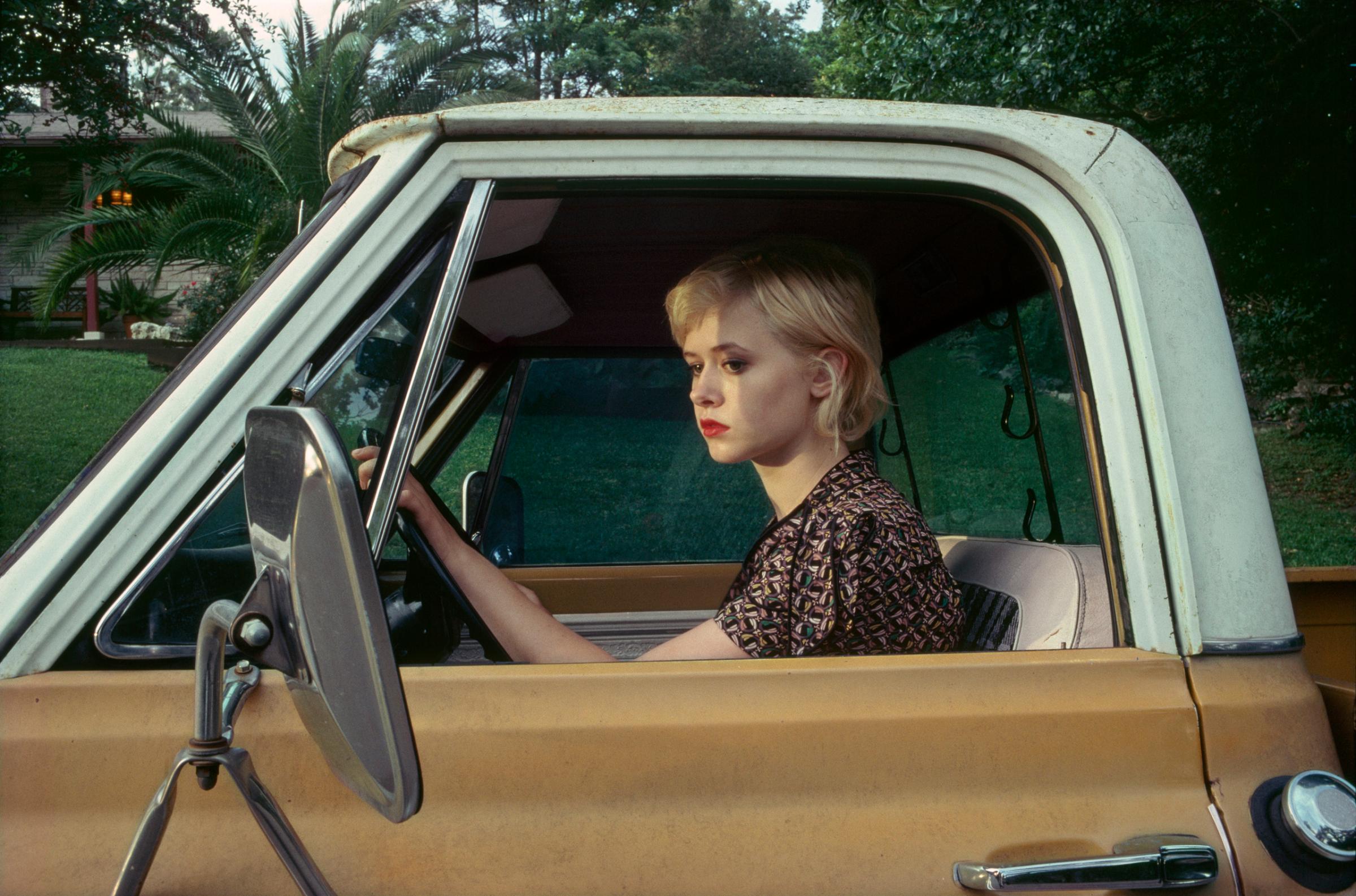

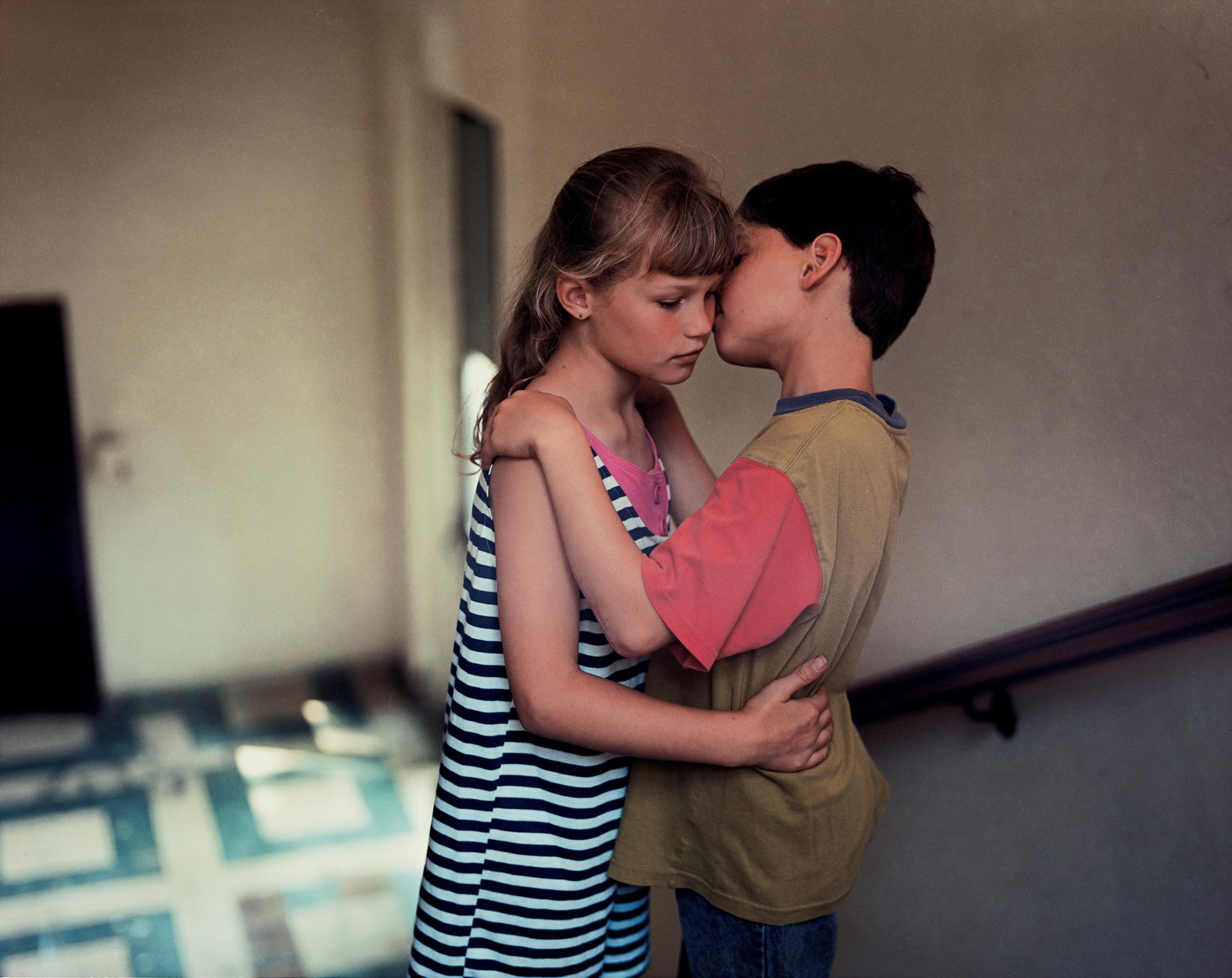
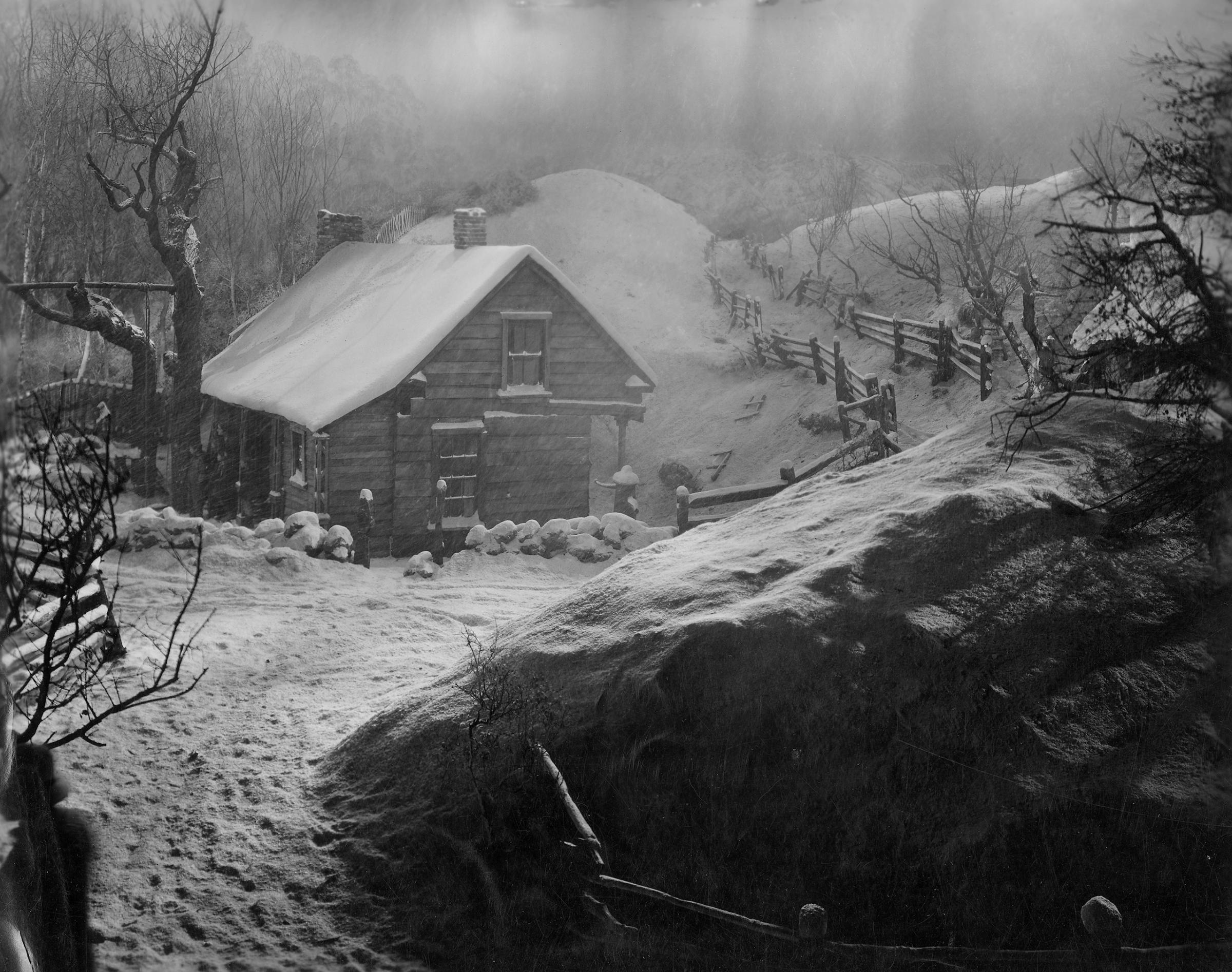
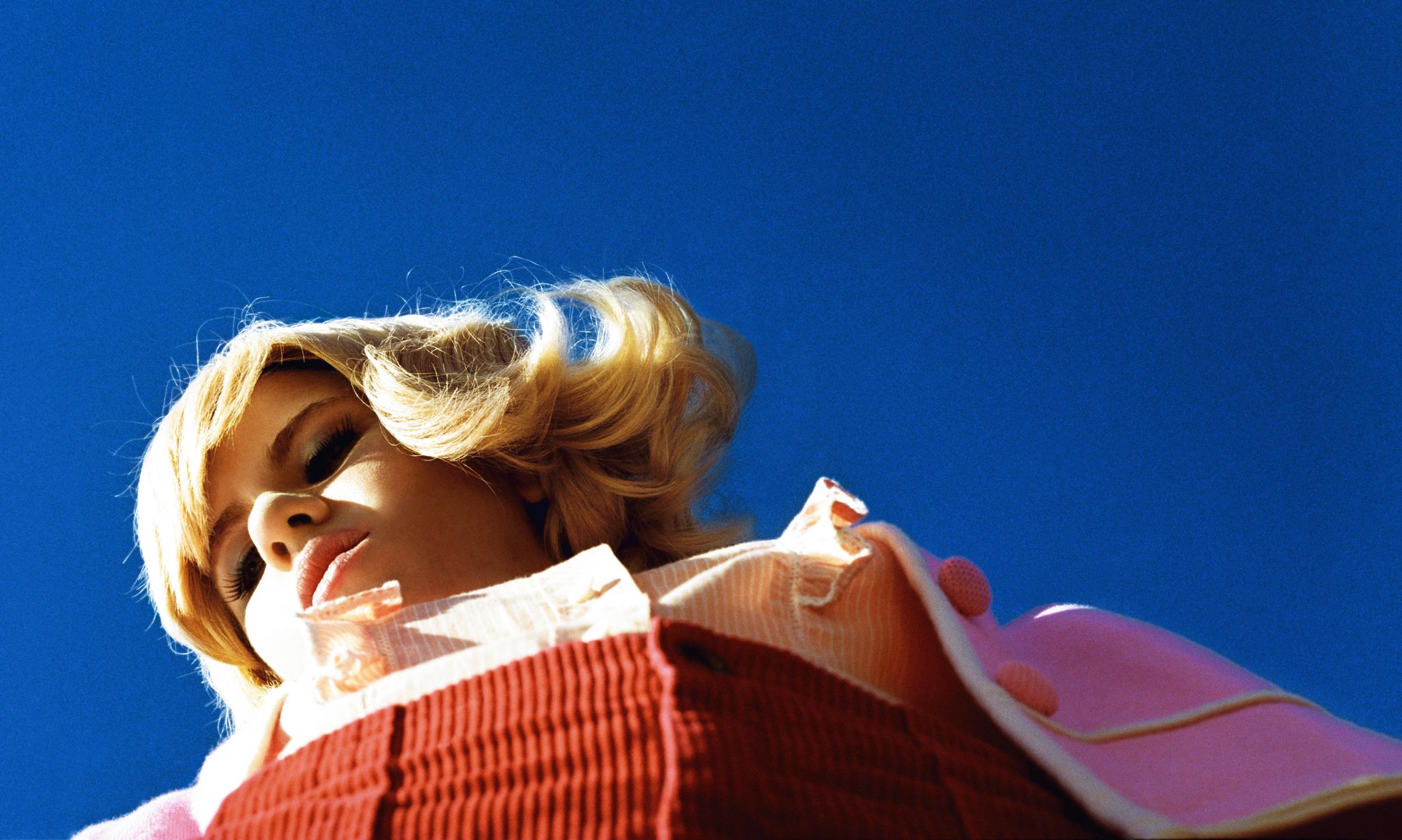



More Must-Reads from TIME
- Cybersecurity Experts Are Sounding the Alarm on DOGE
- Meet the 2025 Women of the Year
- The Harsh Truth About Disability Inclusion
- Why Do More Young Adults Have Cancer?
- Colman Domingo Leads With Radical Love
- How to Get Better at Doing Things Alone
- Michelle Zauner Stares Down the Darkness
Contact us at letters@time.com